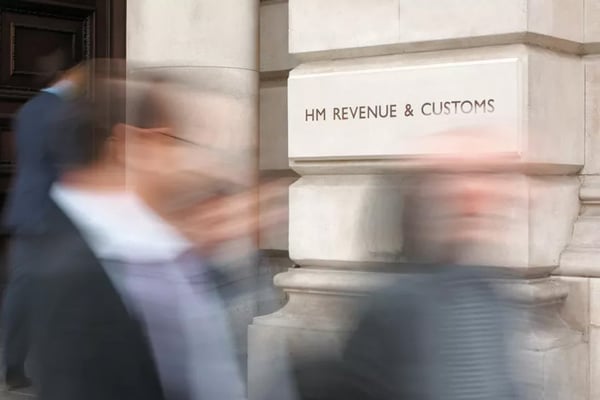RELATED NEWS

Government’s digital deficit revealed: new report calls for urgent transformation
2 min read

HMRC sets-up Transformation Business Group to deliver tax strategy
2 min read

Tackling the costs of legacy technology: lessons for modernisation
1 min read

Making Tax Digital deadline approaches for small business VAT
1 min read

